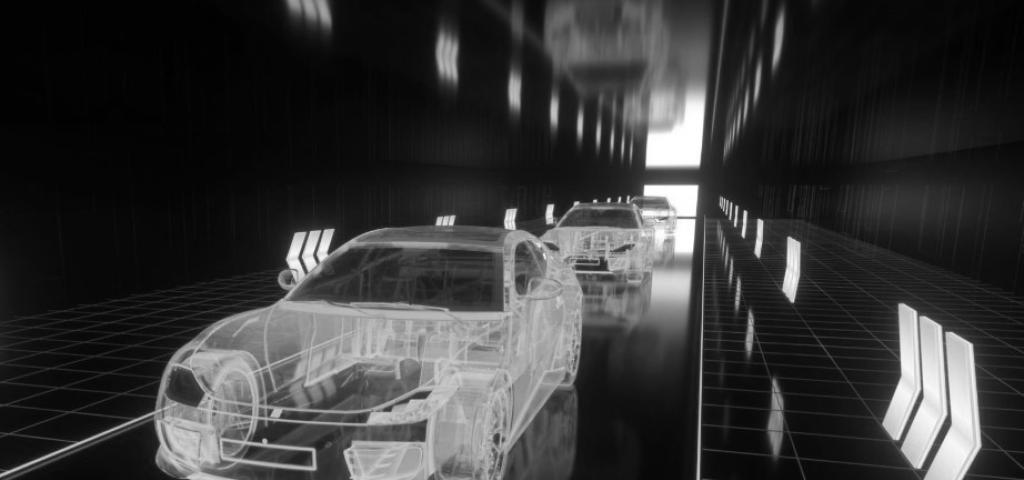
Enabling the Software-Defined Vehicle with Wind River: Part I
A Q&A with Avijit Sinha, Wind River Chief Product Officer
We are now in the era of software-defined everything across industries. The automotive industry is in the midst of its largest revolution in more than a hundred years, a transformation driven by the increasing complexities of developing, integrating, and managing numerous software systems. This opens the door for innovation, collaboration, and profitability, not just for the OEM, but for the entire ecosystem of players who will bring it all together.
As we move toward an even more connected and autonomous future, designing a vehicle is about creating quality experiences and customer-desired outcomes, and software is at the epicenter of enabling this reality.
We recently interviewed Avijit Sinha, Wind River chief product officer, who shares the Wind River perspective on the industry, and how Wind River technology is enabling the software-defined vehicle.
What is your current view of the industry, its challenges, and the business opportunities?
What’s happening across the automotive industry is that the value they need to deliver to their customers is going to be defined by software. Vehicle OEMs are in the midst of a business, technological, and cultural transformation — one of the most significant transformations in the industry’s history. Some have coined this multifaceted transformation as “Teslafication” since Tesla has driven a reset of market/consumer expectations from a next generation, software-defined vehicle. These new expectations are compounded by megatrends in connectivity, electrification, autonomy, and shared mobility. Vehicle buyers increasingly prioritize connected features, rich infotainment, access to digital services, and software updates as part of their ownership experience. All of which are forcing the industry to undergo profound transformation.
Automotive companies continue to invest significant capital — on the order of billions of dollars — to advance these megatrend-driven initiatives.
Going forward, most of the transformation and consumer value will hinge on the software innovation by virtue of software-defined vehicles. Building software expertise is critically important for the automotive OEM, as well as for other ecosystem players such as Tier 1s, hardware and software suppliers, and any other capability providers. Several startups, driven by innovation in software, have demonstrated much faster progress than the traditional OEMs.
As the industry builds its software expertise, the key need is to enable a cloud-native edge to cloud software platform to support geographically distributed teams who can build software fast.
Wind River Studio can enable companies across the automotive value chain to build software-defined intelligent vehicles. Studio is our comprehensive offering for the development, deployment, operations, and servicing of mission-critical intelligent systems. Studio integrates with software and tools that support safety-critical applications that require real-time, deterministic performance, allowing auto manufacturers to address a mixed-criticality environment. Studio brings software, technologies, tools, and processes into a single collaborative, transparent, and secure platform to help the industry build and maintain the software systems of next-generation connected vehicles across the lifecycle.
This gives automotive companies control over the software, so that they can improve the vehicle over time and provide differentiated features. Further, companies can reduce time-to-market, decrease engineering costs, and improve the quality of the software in the vehicle over its lifecycle.
As the industry evolves vehicle architecture from the fixed-function, physical electronic control unit (ECU) to the centralized compute controller, how can fundamental changes be addressed?
It is absolutely true that OEMS are on the path from function-specific ECUs to a more centralized compute architecture.
Even before Tesla's major impact on the market, had OEMs started to envision moving toward software-defined vehicles?
Auto OEMs have been building function-specific ECUs and function-specific software for years. They have had big teams and multiple suppliers per program or vehicle platform to cover vehicle software for braking, steering, windshield wipers, automatic windows, and infotainment systems. Automotive companies have been building and integrating software for a long time.
What is new is the agile way of developing software, developing it in the cloud at cloud speed, and then deploying it into the vehicle in real time over the air. That was not something the automotive industry was doing in the manner that Tesla was able to build and bring to market, so that change in speed and cloud-driven development is the model that automotive OEMs are now adopting.
So there are three fundamental changes driving the software-defined vehicle: in-vehicle architecture, the move from function-specific ECUs to centralized compute, and cloud-driven development with over-the-air updates.
How is the industry changing its investments to support this new era of software-defined everything?
In the past, automotive OEMs and had teams of hundreds of engineers, and they had multiple suppliers who had hundreds or maybe thousands of engineers. Now, going forward, they’re building teams of thousands of engineers.
This is a very large investment. They’re now investing billions of dollars to hire and support thousands and thousands of engineers. The challenge, when you look at the development tools required for those thousands of engineers, is to determine how they will collaborate, how they will build software, how they will bring it together. That is going to be enormously difficult.
They will need tools to make those thousands of engineers work well together, and work faster to get their software to market. The industry will need the software we build that allows those engineers to be collaborative and productive.
That is why we see an amazing opportunity for Wind River in the future. As automotive OEMs grow from hundreds to thousands of engineers, they will need the platforms and the tools that we provide.
In my next blog we’ll examine how Wind River technology is playing a key and differentiated role in enabling automotive companies and advancing the software-defined vehicle.